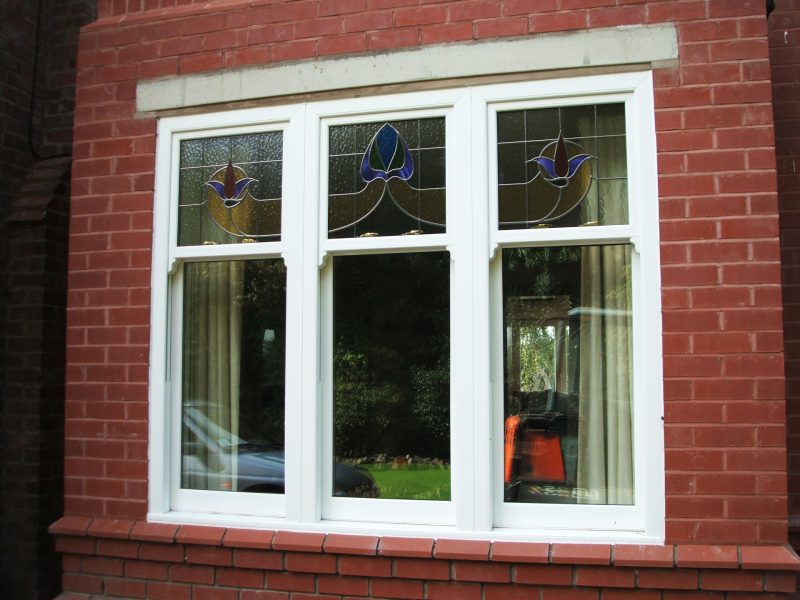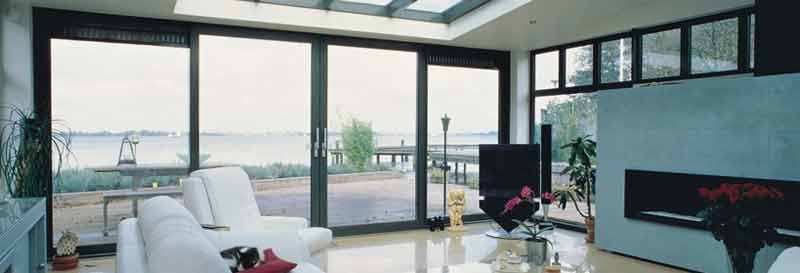All Categories
Featured
Table of Contents
Twinglaze® Double Glaze Specification Act - Vic in Lesmurdie Western Australia
Glazing just means the windows in your house, including both openable and set windows, along with doors with glass and skylights. Glazing in fact simply indicates the glass part, however it is generally utilized to describe all elements of an assembly including glass, movies, frames and home furnishings. Paying attention to all of these aspects will assist you to achieve effective passive style.

Energy-efficient glazing makes your home more comfy and significantly decreases your energy expenses. However, unsuitable or inadequately created glazing can be a major source of unwanted heat gain in summer and substantial heat loss and condensation in winter. Up to 87% of a home's heating energy can be gained and as much as 40% lost through windows.
Glazing And Glass Options - Smarter Homes in Kenwick Western Australia
Glazing is a substantial investment in the quality of your home. A preliminary financial investment in energy-efficient windows, skylights and doors can significantly lower your yearly heating and cooling bill.

This tool compares window choices to a base level aluminium window with 3mm clear glass. Comprehending a few of the key homes of glass will assist you to select the very best glazing for your house. Key residential or commercial properties of glass Source: Adapted from the Australian Window Association The quantity of light that passes through the glazing is referred to as visible light transmittance (VLT) or noticeable transmittance (VT).
Guide To Double Glazing – Functional And Energy Efficient in Watermans Bay Western Australia
The U value for windows (revealed as Uw), describes the conduction of the whole window (glass and frame together). The lower the U worth, the higher a window's resistance to heat flow and the better its insulating worth.
If your house has 70m2 of glazing with aluminium frames and clear glass with a U value of 6. 2W/m2 C, on a winter season's night when it is 15C colder outside compared to indoors, the heat loss through the windows would be: 6. 2 15 70 = 6510W That is equivalent to the overall heat output of a large room gas heating unit or a 6.
Improve Your Home's Energy Efficiency With Double Glazing in Wembley Perth

If you pick a window with half the U worth (3. 1W/m2 C) (for example, double glazing with an argon-filled space and less-conductive frames), you can halve the heat loss: 3. 1 15 70 = 3255W The solar heat gain coefficient (SHGC) for windows (expressed as SHGCw) determines how readily heat from direct sunshine streams through an entire window (glass and frame together).
The lower a window's SHGC, the less solar heat it transmits to your home interior. Glazing makers declare an SHGC for each window type and design. The real SHGC for windows is impacted by the angle that solar radiation strikes the glass. This is called the angle of incidence.
Why Does Double Glazing Help To Keep Us Cool In Summer? in Tuart Hill Western Australia
When the sun is perpendicular (at 90) to the glass, it has an angle of incidence of 0 and the window will experience the optimum possible solar heat gain. The SHGC declared by glazing manufacturers is always determined as having a 0 angle of occurrence. As the angle increases, more solar radiation is reflected, and less is sent.
Table of Contents
Latest Posts
8 Benefits Of Double Glazing To Take Advantage Of in Greenmount WA
Single Vs Double Vs Triple - Which Window Is Right For Your ... in Hazelmere Western Australia
Twinglaze® Double Glaze Specification Act - Vic in Coogee Perth
More
Latest Posts
8 Benefits Of Double Glazing To Take Advantage Of in Greenmount WA
Single Vs Double Vs Triple - Which Window Is Right For Your ... in Hazelmere Western Australia
Twinglaze® Double Glaze Specification Act - Vic in Coogee Perth